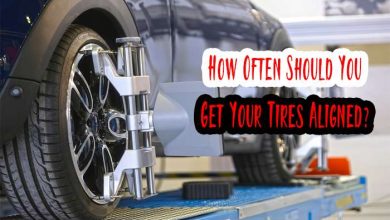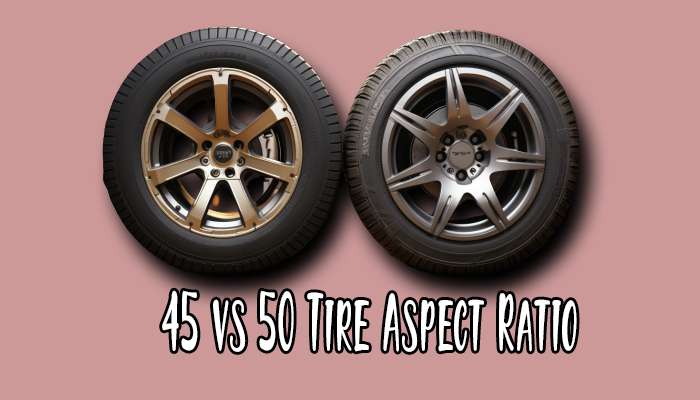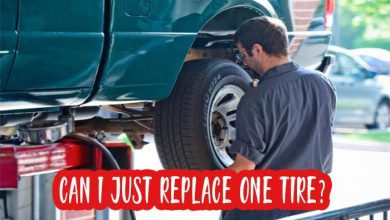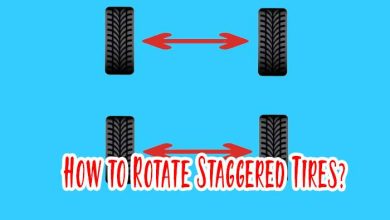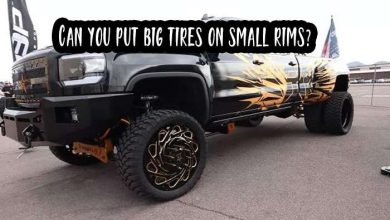Low Tire Pressure Cause Stabilitrak | Here Is Why?
Hey there, fellow road warriors! If you’ve ever pondered the peculiar relationship between low tire pressure and the mysterious Stabilitrak system, you’re in for a treat.
As a self-proclaimed tire enthusiast, I’m here to unravel the enigma surrounding this common automotive concern. Buckle up, and let’s dive into the world where tire expertise meets Stabilitrak mysteries.
Yes, low tire pressure can cause Stabilitrak to engage. This is because the Stabilitrak system relies on wheel speed sensors to monitor traction.
Understanding Stabilitrak
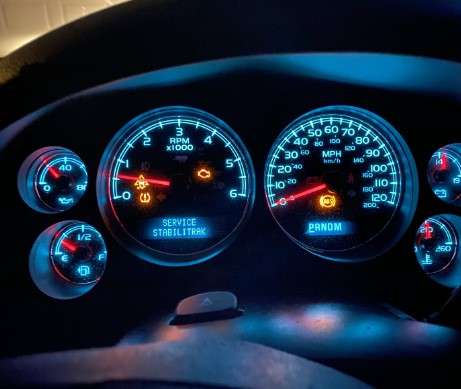
Stabilitrak, a marvel of modern vehicle technology, is designed to enhance stability and safety during challenging driving conditions.
This electronic stability control system kicks into action when it senses a loss of traction, helping drivers maintain control by adjusting brake pressure to individual wheels.
How does this high-tech system interact with your vehicle’s tires? Buckle up; we’ll explore the intricate dance between Stabilitrak and tire mechanics.
Read my recent post- Are Tubeless Tires Better?
Mechanism of Stabilitrak
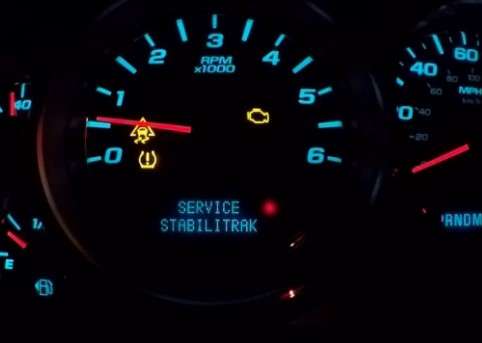
Stabilitrak’s magic lies in its ability to detect skidding or slipping. When your vehicle faces such situations, Stabilitrak intervenes by selectively applying brakes to specific wheels.
This corrective action helps stabilize the vehicle, preventing potentially dangerous skids.
- Stabilitrak operates in real-time, analyzing data from various sensors.
- It’s a proactive system that addresses issues before the driver notices.
Now that we have a basic understanding of Stabilitrak, let’s dig into the potential impact of low tire pressure on this sophisticated system.
Low Tire Pressure Effects
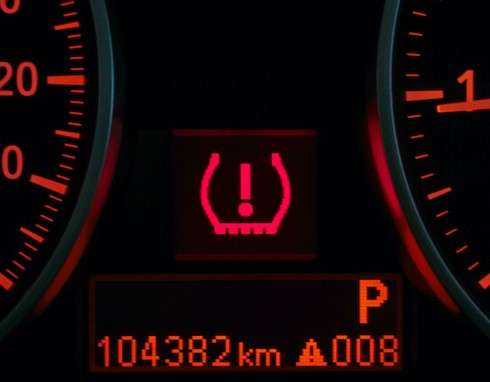
Picture this: your tires, the unsung heroes of road safety, running on insufficient air pressure.
While low tire pressure might seem minor, its repercussions can extend beyond mere wear and tear. Let’s unwrap the effects:
- Reduced Traction: Under-inflated tires struggle to maintain proper contact with the road, leading to decreased traction. This reduction in grip can trigger Stabilitrak into action, as it senses instability.
- Altered Braking Dynamics: Stabilitrak relies on precise braking to counter-skidding. Low tire pressure can interfere with this process, affecting the system’s ability to distribute brake force optimally.
- Increased Risk of Blowouts: Operating with low tire pressure puts additional stress on the tire structure, increasing the likelihood of a blowout. A sudden blowout can, in turn, challenge the Stabilitrak system to stabilize the vehicle promptly.
Can Low Tire Pressure Cause Stabilitrak?
Can Low Tire Pressure Cause Stabilitrak? Yes, low tire pressure can cause Stabilitrak to activate. The StabiliTrak system relies on wheel speed sensors to monitor each tire’s traction. If one or more tires are underinflated, they rotate at different speeds.
This difference in speed can be mistaken by the Stabilitrak system for a loss of traction, causing it to activate and apply brake pressure to the individual wheels to regain control.
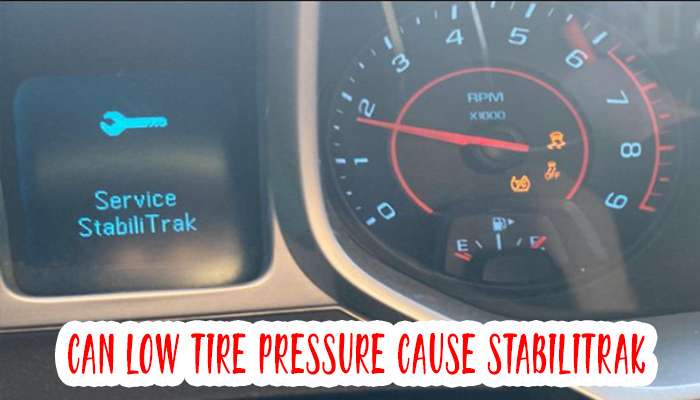
Read Also: Are Retread Tires Safe?
In addition to activating Stabilitrak, low tire pressure can also lead to:
- Reduced handling: Underinflated tires have a larger contact patch with the road, which can make them more likely to hydroplane or lose grip during cornering.
- Increased tire wear: Underinflated tires flex more than properly inflated tires, which can cause uneven wear and tear on the tread.
- Reduced fuel efficiency: Underinflated tires create more rolling resistance, making your vehicle work harder to maintain speed and reduce fuel economy.
It is important to check your tire pressure regularly, at least once a month, and before long trips.
The recommended tire pressure for your vehicle can be found on a sticker inside the driver’s door jamb or in your owner’s manual.
If you are experiencing Stabilitrak activation and suspect it may be due to low tire pressure, pull over to a safe location and check your tire pressure.
If one or more tires are underinflated, inflate them to the recommended pressure using a tire pump or at a gas station. Once the tires are inflated, the Stabilitrak light should turn off.
If the Stabilitrak light remains on even after you have inflated your tires, there may be another problem with the system. In this case, taking your vehicle to a qualified mechanic for diagnosis and repair is best.
Stabilitrak and Tire Maintenance Tips
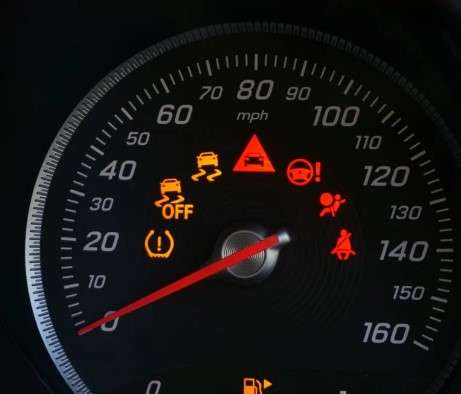
Now that we’ve established the connection between low tire pressure and Stabilitrak issues let’s wrap up with some actionable tips for tire maintenance:
- Check Tire Pressure Regularly: Make it a habit to inspect your tire pressure at least once a month. Invest in a reliable pressure gauge to ensure accuracy.
- Rotate Tires: Regular tire rotation promotes even wear, enhancing overall tire longevity. This, in turn, contributes to the smooth functioning of Stabilitrak.
- Alignment Matters: Misaligned tires can disrupt the delicate balance maintained by Stabilitrak. Ensure your wheels are properly aligned during routine maintenance.
- Quality Matters: Invest in high-quality tires. They improve overall vehicle performance and support the optimal functioning of safety systems like StabiliTrak.
Read Also: Can You Put a Tube in a Tubeless Tire?
Conclusion
As we park our exploration into the realms of Stabilitrak and tire pressure, remember that the health of your tires directly impacts the effectiveness of advanced safety systems.
Embrace the responsibility of maintaining proper tire pressure, and your Stabilitrak will thank you with smooth, stable rides.
Have you faced Stabilitrak issues due to low tire pressure? Share your experiences and tips in the comments below. Let’s build a community of road warriors committed to safer, more enjoyable journeys!
